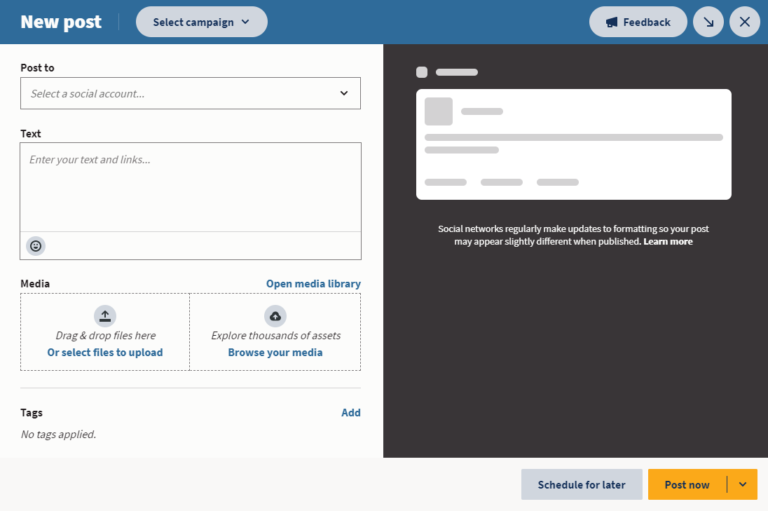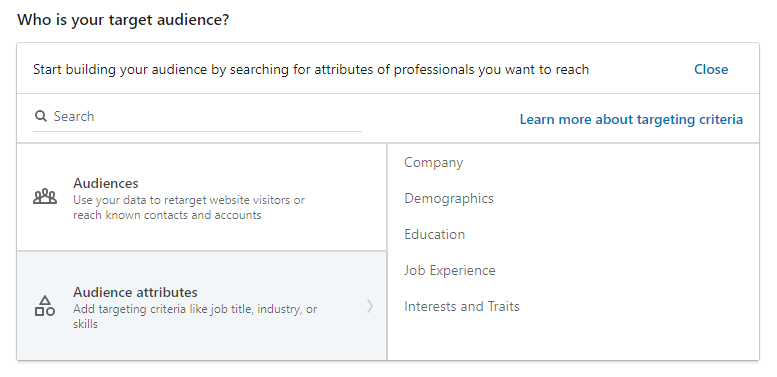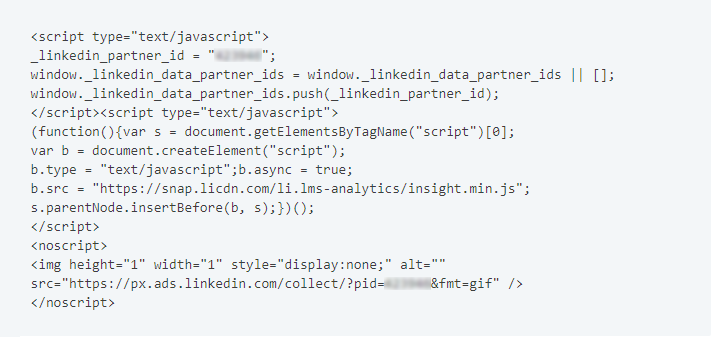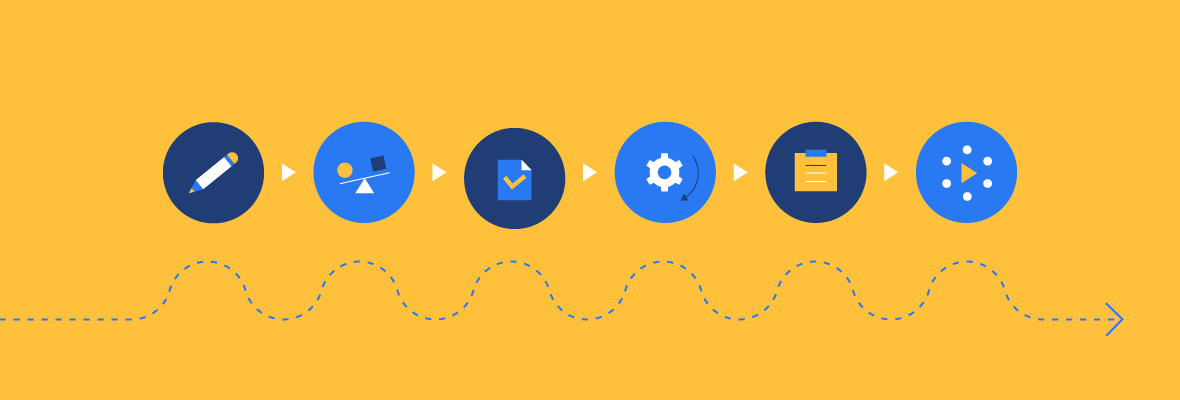If your company has social media (which it should), utilizing an automation tool to consolidate your various social platforms can greatly impact the efficiency of your team and brand awareness strategy.
Social media automation tools can be used to improve content curation across various social platforms by scheduling your posts in advance, reducing the time and friction for your marketing team.
Choosing a social media tool can be a challenge because each one offers different features and interfaces. Examples of some reputable social media automation platforms that companies look to include Hootsuite, Buffer, HubSpot, BuzzSumo, and CoSchedule.

Choosing the best social media automation tool for your company depends on what your business needs out of it the most.
Different companies may have different focuses when it comes to social media, such as:
- Planning and curating content
- Managing inbox messages
- Increasing follower engagement
- Reporting on audience engagement
Each automation platform can perform these functions to different degrees, so it’s important to know what will work best with your current workflow, so that you can maximize your social media presence.

Download the B2B Guide to Marketing Automation
Don’t have time to read the whole guide right now? Download the PDF version of the guide.
Automated social media posting
Social media automation makes your job easier by posting automatically on your behalf, keeping all of your posts organized, and—most importantly—maintaining a consistent posting cadence.
Posting consistently is one of the best ways to earn your followers’ attention and trust. Also, automating social media allows a marketing team to spend more time on creative planning for their next post or social campaign.
Depending on which platform you use, you can even automate responses to comments and direct messages, meaning that your brand can stay engaged with its followers at any time.
Creating engaging, dynamic content is more accessible than ever before thanks to automation. Just like other forms of automation, it’s important to analyze your results and adjust accordingly, so that you can continuously improve your strategy.
Best practices for social media posts
Creating an effective social media strategy takes a lot more time and effort than people may think. Social media is a calculated blend of visual, content, and strategy. For most brands, social media is where the customer lives, so you should work intentionally to put your best foot forward and cultivate a positive brand image.
Based on our years of experience, we have put together some best practices that will benefit B2B companies looking to set up posts on an automated system:
- Tailor your messaging for different audiences on each respective social media platform.
- Be aware of best posting days and times per platform and
audience. - Use a strategic posting cadence that is frequent enough but not overwhelming.
- Share a mix of promotional and informational content to engage potential buyers.
- Use targeted hashtags relevant to your audience and content (3-5 per post is ideal).
- Have a method of tracking social media conversions, such as UTM tracking.
By following these best practices, you’ll be able to create posts that reach your audience in an effective and timely manner and gradually increase your follower engagement.
However, some companies look toward the faster route of audience engagement, which is where paid social media comes into the picture.
Advertising on social media
Paid social media includes the advertisements or sponsored content that are displayed in a social media feed and are targeted to a specific audience. Examples of paid ads can include branded content, pay-per-click, and display ads.
When approaching a paid social media strategy, it’s important to identify which platform your audience is most active on. For most B2B companies, LinkedIn is the ideal platform to target buyers.
With LinkedIn’s advanced targeting capabilities, you can access very specific audiences. Location, job title, industry — these are just a few examples of how precise LinkedIn can get with its ad targeting.

LinkedIn automates identifying the most relevant users, so your ads will be presented to the most suitable prospects based on the criteria you plug into the software.
Additionally, you can add the LinkedIn Insight Tag to your website, which tracks data about visitors who navigate to your site from LinkedIn. Once tagged, a matched user can be retargeted.

Social automation summarized
With so many social media automation features available across platforms, the possibilities of targeting and engaging your audience seem endless.
Ultimately, social media automation simplifies the manual effort of posting and gives you more time to hone your strategy.


